Celebrating Santa Barbara’s Creation of National Tamale Day
Founder Richard Lambert Talks About the Holiday He Created for His Favorite Dish
It’s a story we’ve told time and time and time again, but it only seems to grow richer each year: Santa Barbara’s own Richard Lambert is the creator of National Tamale Day on March 23, when we should all raise a masa-filled fist in celebration of this Mesoamerican treat.
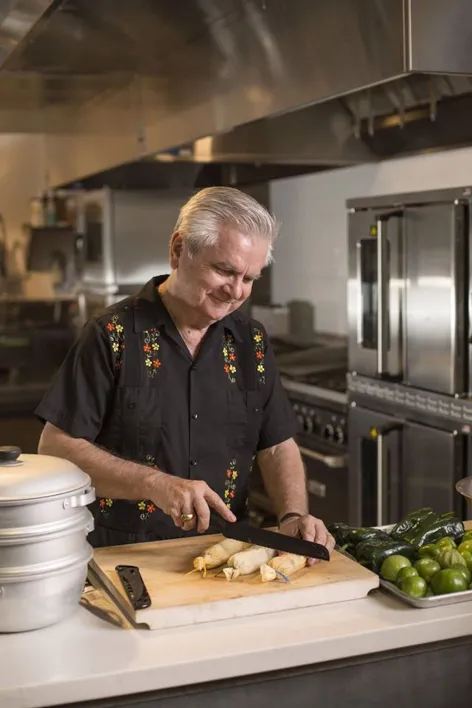
“Tamales are the original comfort food,” says Lambert, who explained that people have been eating tamales since 7,000 BCE. “Hieroglyphs have been found that show the Aztec and Maya civilizations both featured tamales in their annual rituals and religious celebrations.”
In 2014, he realized that no holiday existed to celebrate this dish. “Millions of tamales are consumed throughout the United States each year, and more than 1,200 other foods have days named after them, even moldy cheese,” said Lambert. “It seemed like an oversight.”
After gathering hundreds of signatures from Santa Barbara tamale fans, he submitted his application to Chase’s Calendar of Events, the global authority on special days. The application was quickly approved, launching the first National Tamale Day, which was celebrated on March 23, 2015. Seven years later, more than 200 tamale producers across the country have reached out to Lambert to share what they’re up to for 2022.
Sign up for Indy Today to receive fresh news from Independent.com, in your inbox, every morning.
Along the way, Lambert became a student of the tamale, which continues to evolve in purpose, ingredients, and even shape over the centuries. Before the Spanish conquest, tamales were an important ritual food, offered to Aztec and Mayan gods at festivals. Back then, they were shaped like a baseball and carried by warriors, hunters, and travelers as a meal on the go, easily reheated over a fire or just eaten cold. Typical fillings included iguana, fish, fruits, beans, and rabbit. When the Spanish arrived in the 16th century, pork and chicken were introduced and are now the two most popular fillings in both Mexico and the United States.
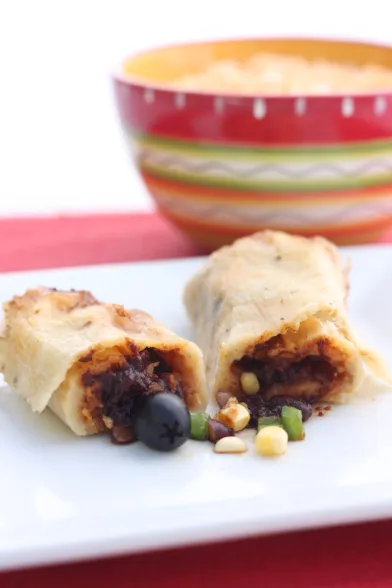
During the first half of the 20th century, tamales spread north into the United States and became a symbol of Mexican-American identity. Here in Santa Barbara, La Tolteca, founded in 1946, was a longtime favorite tamale producer. Although it no longer functions as a restaurant, La Tolteca still makes and sells the masa preparada used in most tamale recipes.
While living in Mexico City over the years, Lambert saw tamale culture as an updated version of the Aztecs’ tamales on the go. “Breakfast is tamale time there,” he said. “Thousands of small vendors dot the morning streets every day, and folks on the way to work stop for one like we might grab a donut or a bagel.”
Of course, tamales can also be haute cuisine. “One of the best meals I ate in Mexico City was a very elegant tamale at Chef Enrique Olvera’s restaurant, Pujol,” said Lambert.
Whether you’re eating white-tablecloth tamales, grabbing one from a street vendor, or making them at home on March 23, keep in mind that you’ll be carrying on a tradition that stretches back at least 90 centuries.
See facebook.com/nationaltamaleday.
Support the Santa Barbara Independent through a long-term or a single contribution.

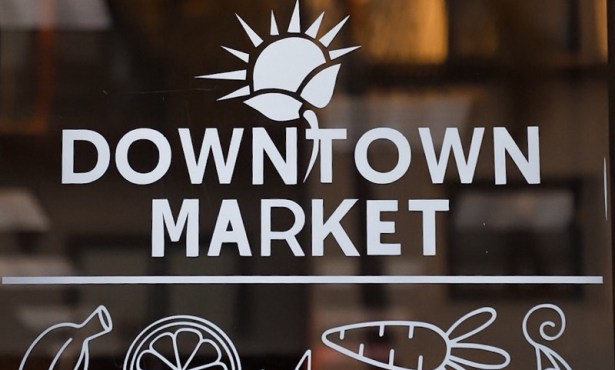
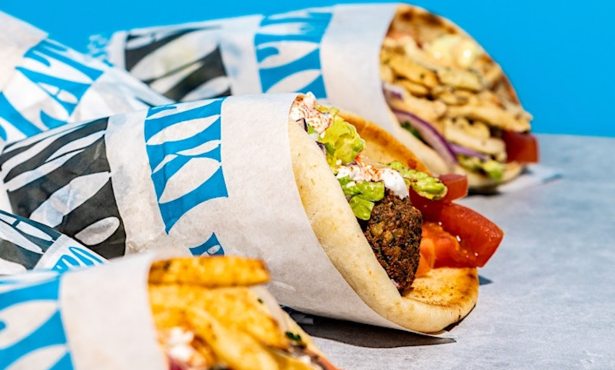
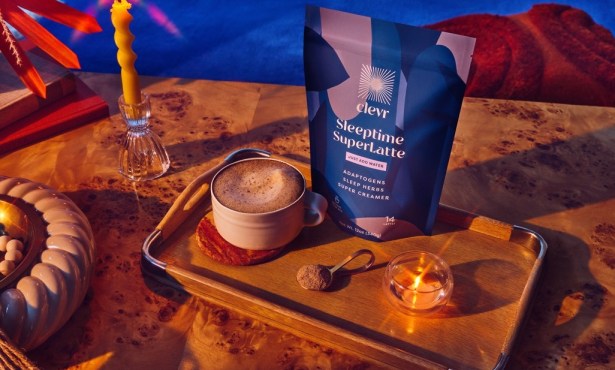
You must be logged in to post a comment.